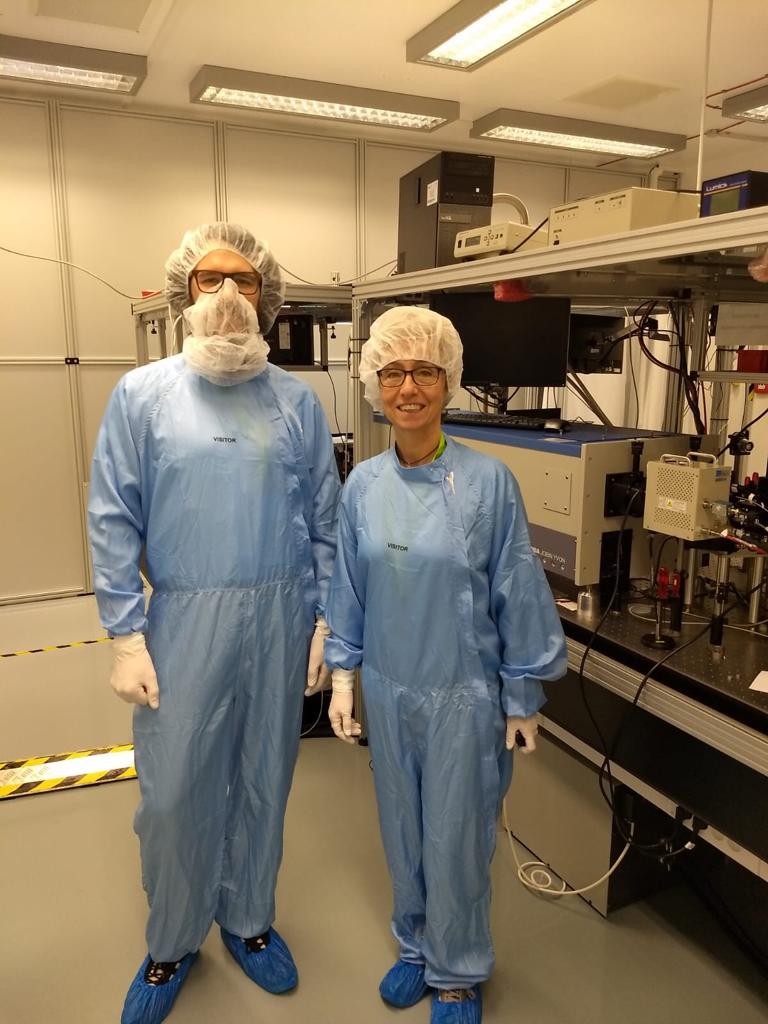TrY
Thulium doped sesquoxide tRansparent ceramics for high energy class laser in nano second regime at crYogenic temperature.
Principal investigator:Valentina Biasini
Involved personnel: Laura Esposito, Jan Hostaša, Andreana Piancastelli, Francesco Picelli
Start date: 01/01/2020
Duration: 36 mesi
Co-funded by the bilateral agreement between CNR and Czech Academy of Science
Co-funding: 12 000 €
Call/Action: CNR/CAS 2019-2021
Project consortium: CNR-ISTEC e HiLASE Centre, Institute of Physics, Czech Academy of Science
Solid state laser sources operating around 2 μm have numerous applications that include lidar, gas sensing, medical treatments and as pump source of optical parametric oscillators (OPOs). These potentialities have prompted intense research in the development of new laser gain media for the 2 μm wavelength range. Sesquioxides doped with Tm3+, such as Tm:Lu2O3, Tm:Y2O3, and Tm:Sc2O3, are emerging materials for this applications: their better thermo-optical properties make them promising for power scaling applications. The growth of sesquioxide single crystals is very complicated, while in principle it is possible to produce them in transparent ceramic form thanks to their cubic crystalline structure and optical isotropy. However, to achieve transparency, ceramics need to be free of pores and defects.
The goal of the project is to develop thulium doped sesquoxide transparent ceramics for high-energy class lasers working in nano second regime at cryogenic temperature.
A fabrication process for high quality Tm:Y2O3 transparent ceramics of different doping will be developed, using commercially available oxide powders as raw materials and testing different sintering additives.
Finally, laser experiments at cryogenic temperatures will assess the suitability of this material for development of diode-pumped high-energy lasers. The fabricated transparent ceramics will be tested in laser resonators to study the impact on laser performance in continuous-wave regime and pulsed regime (active and passive Q-switching) at cryogenic temperatures.
